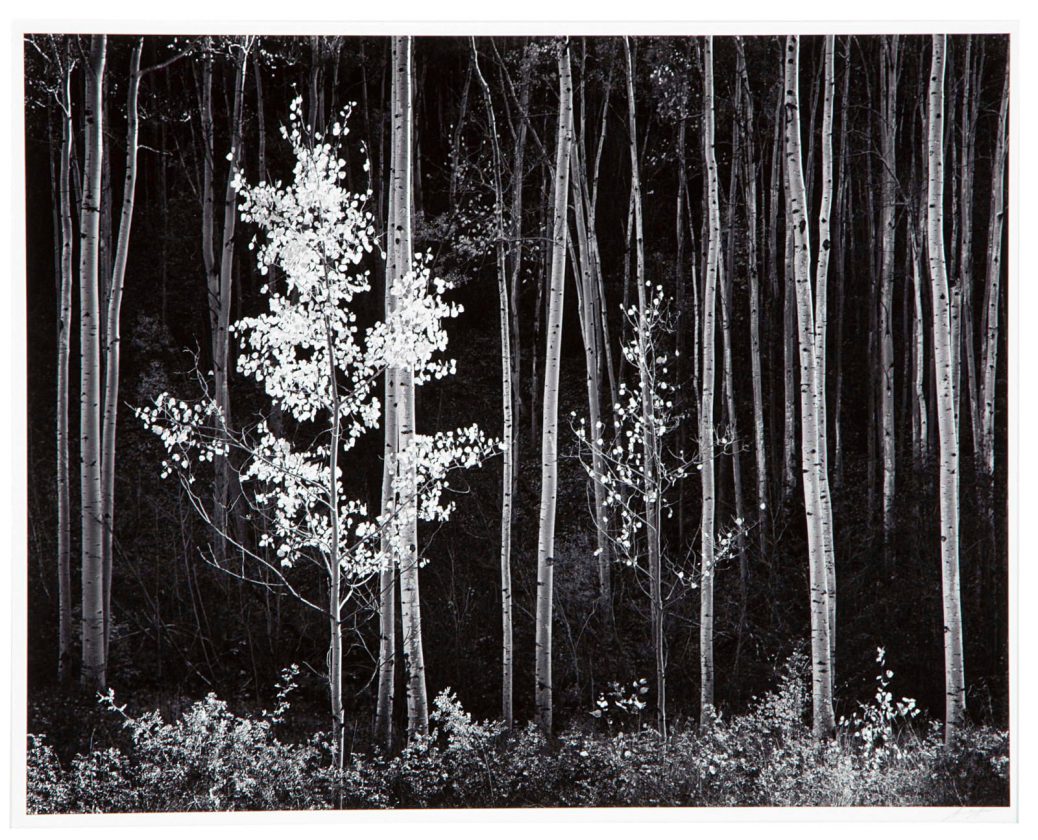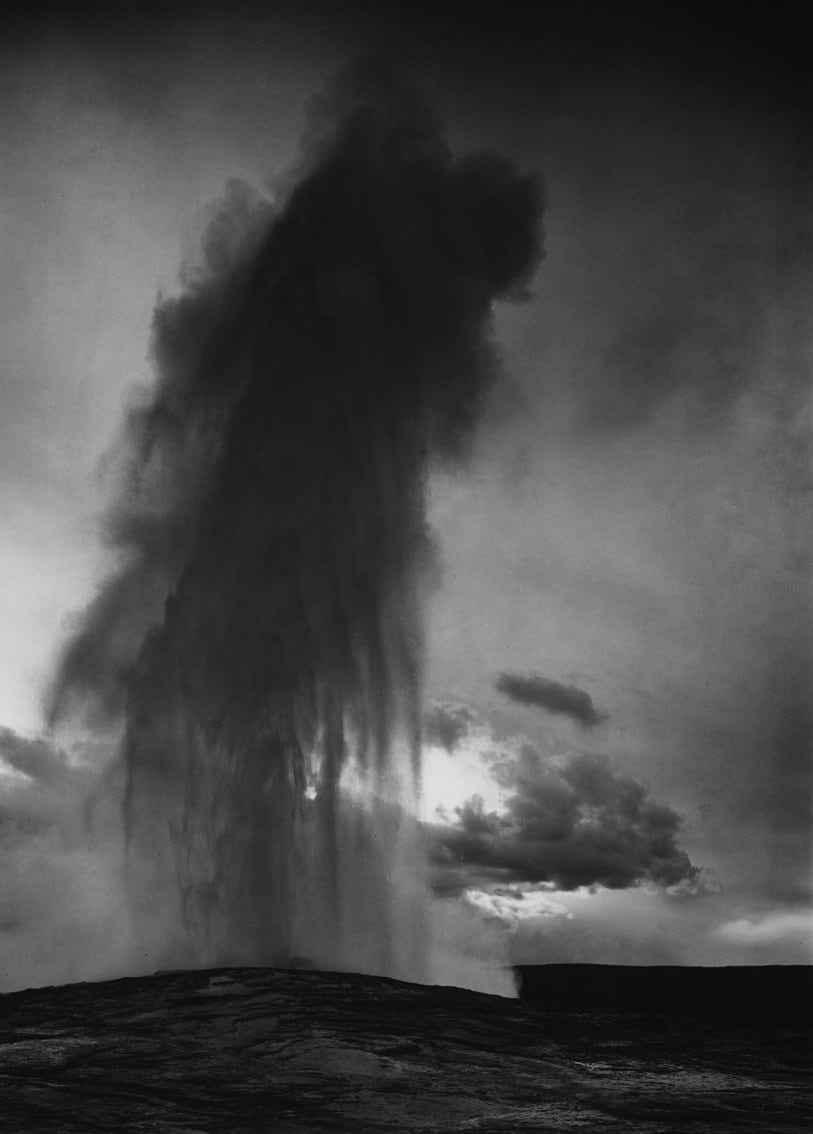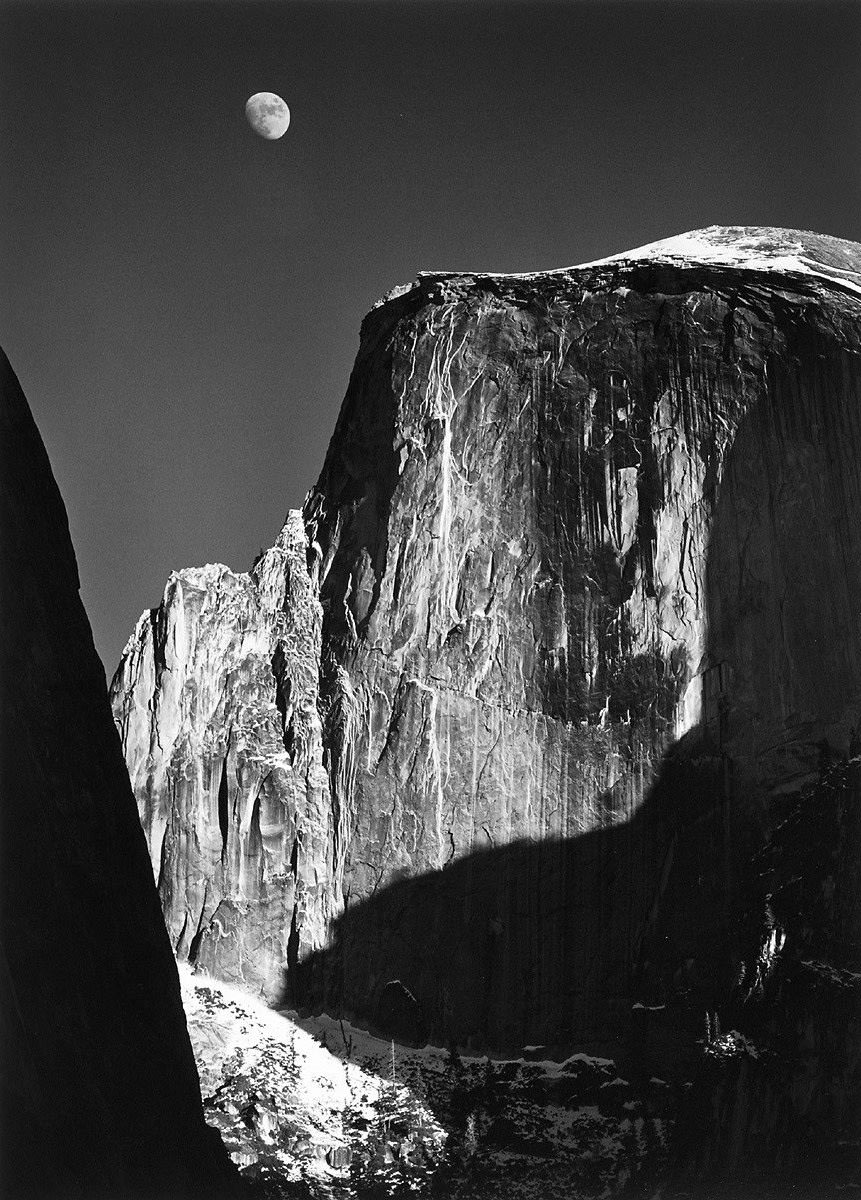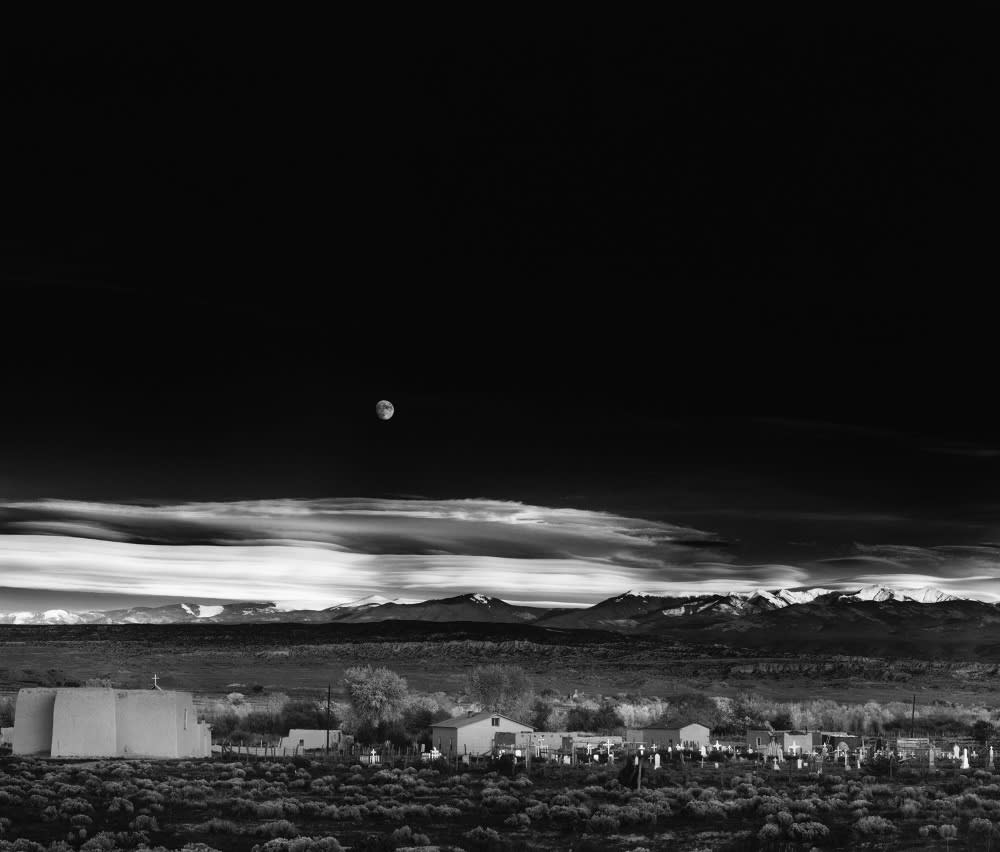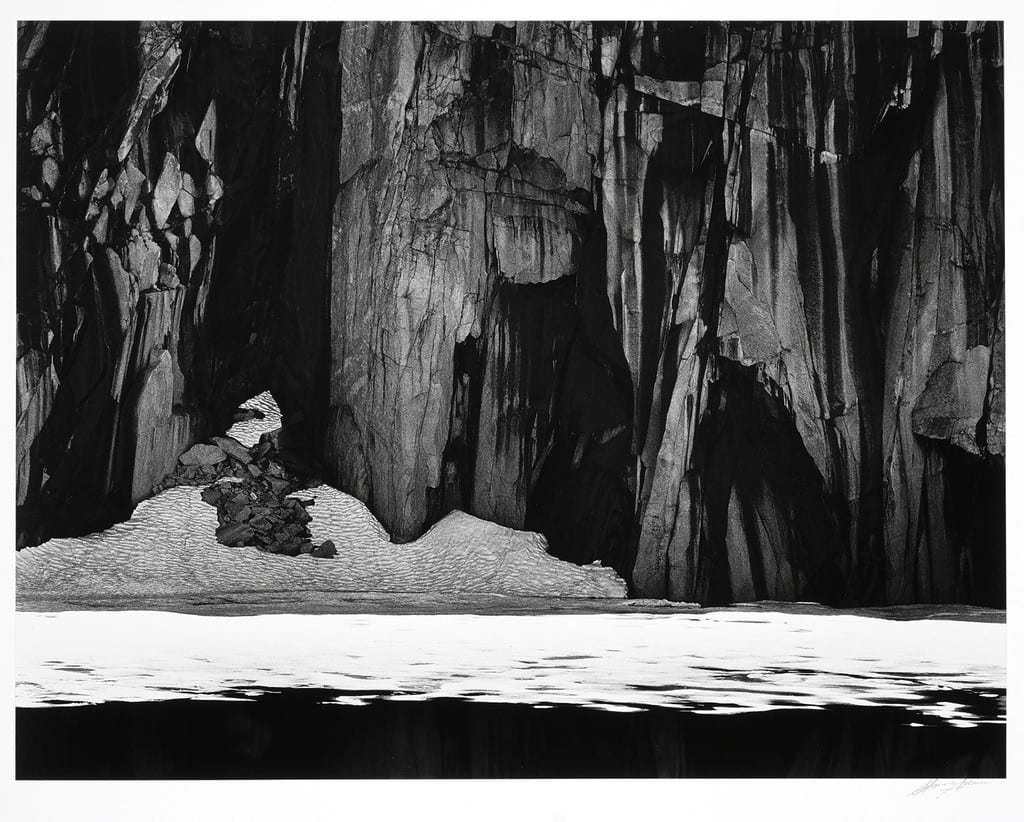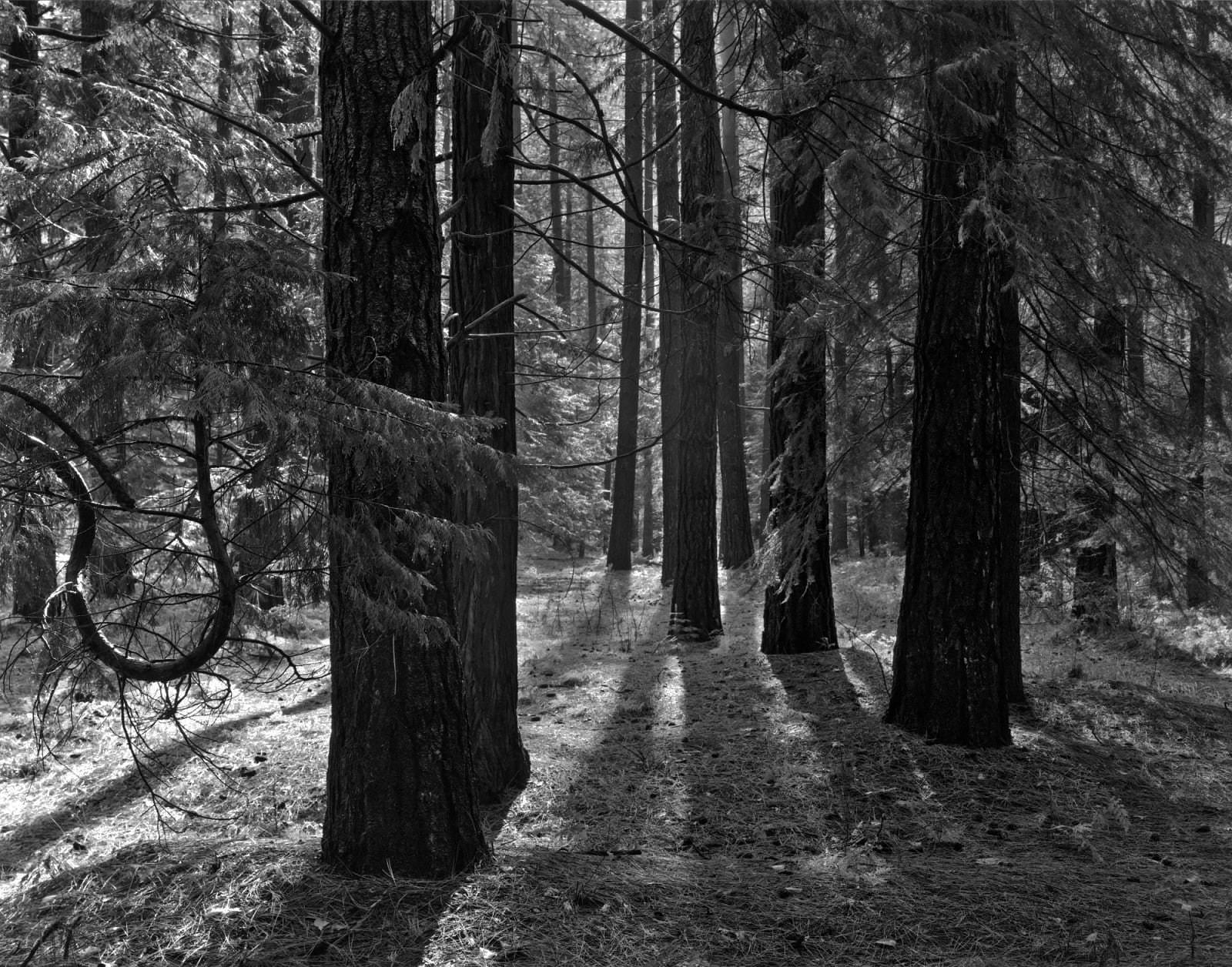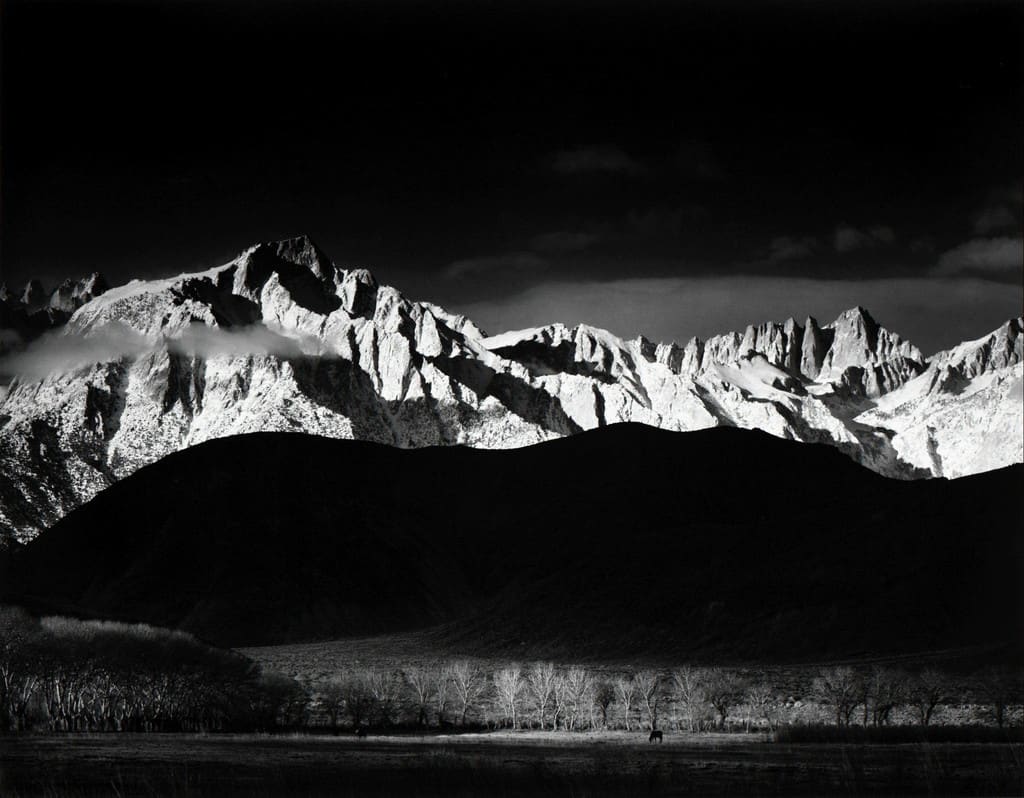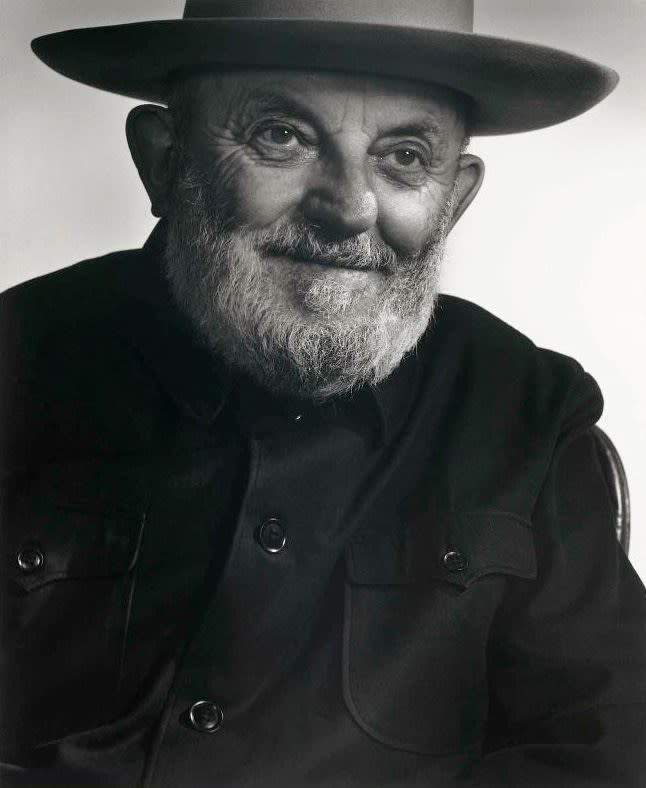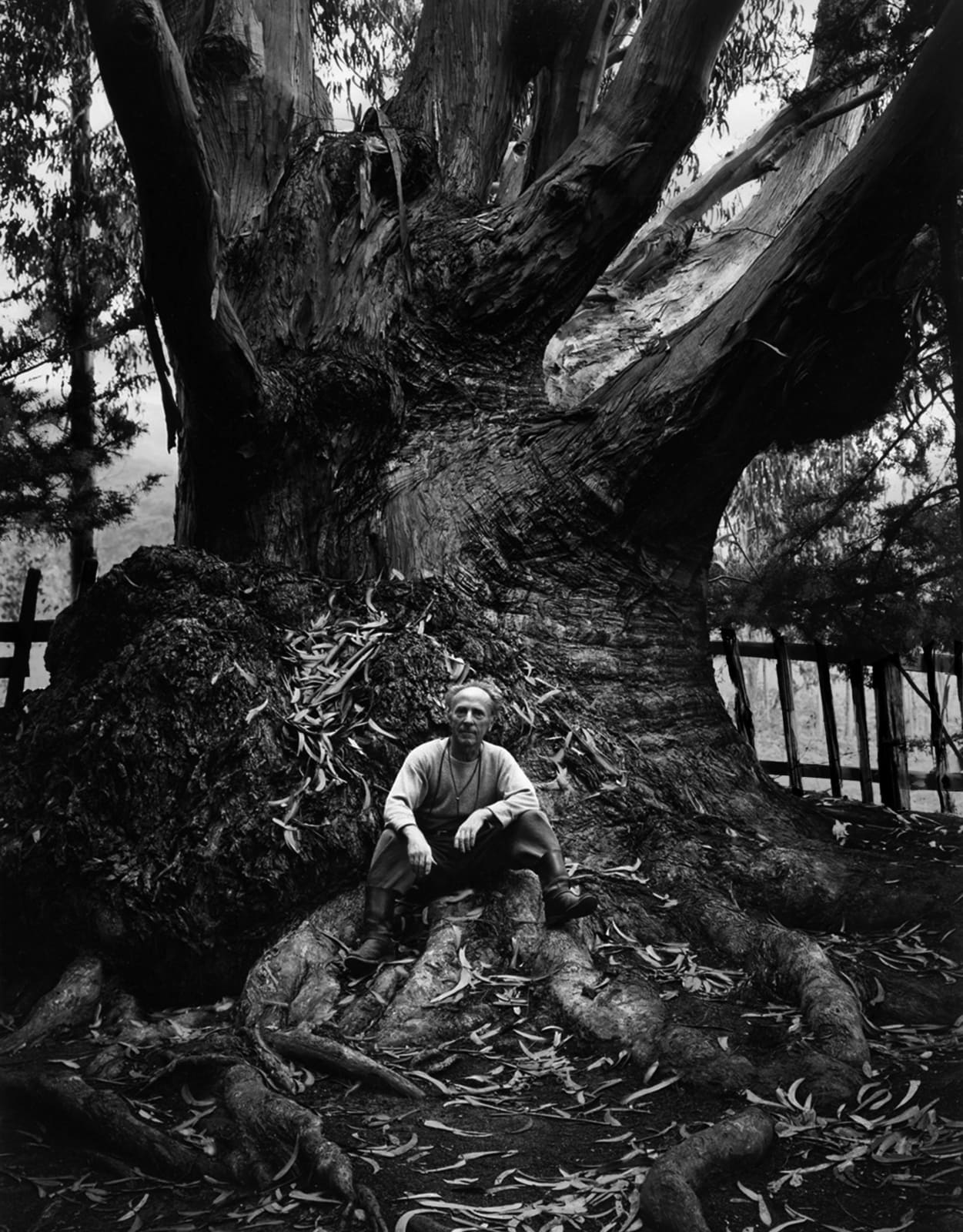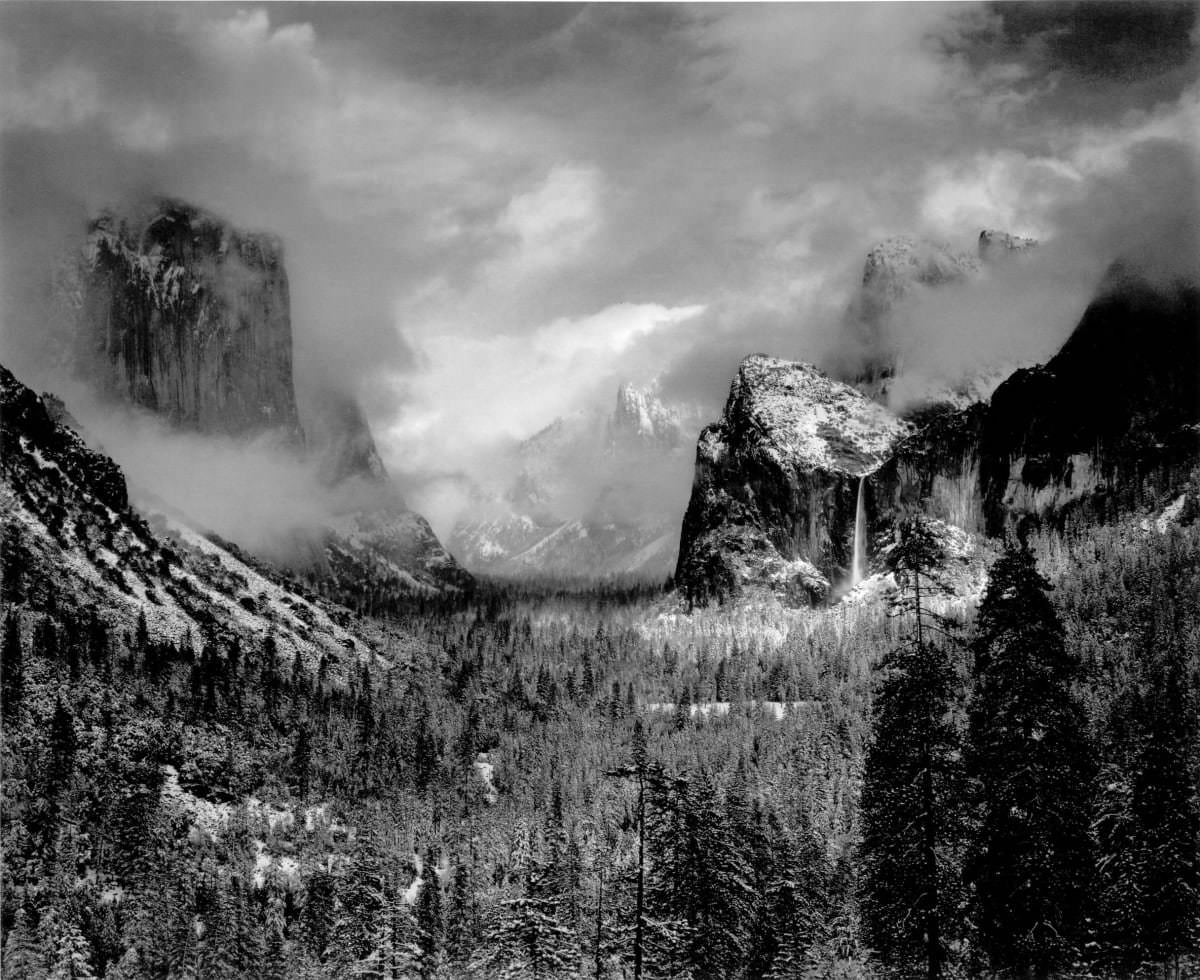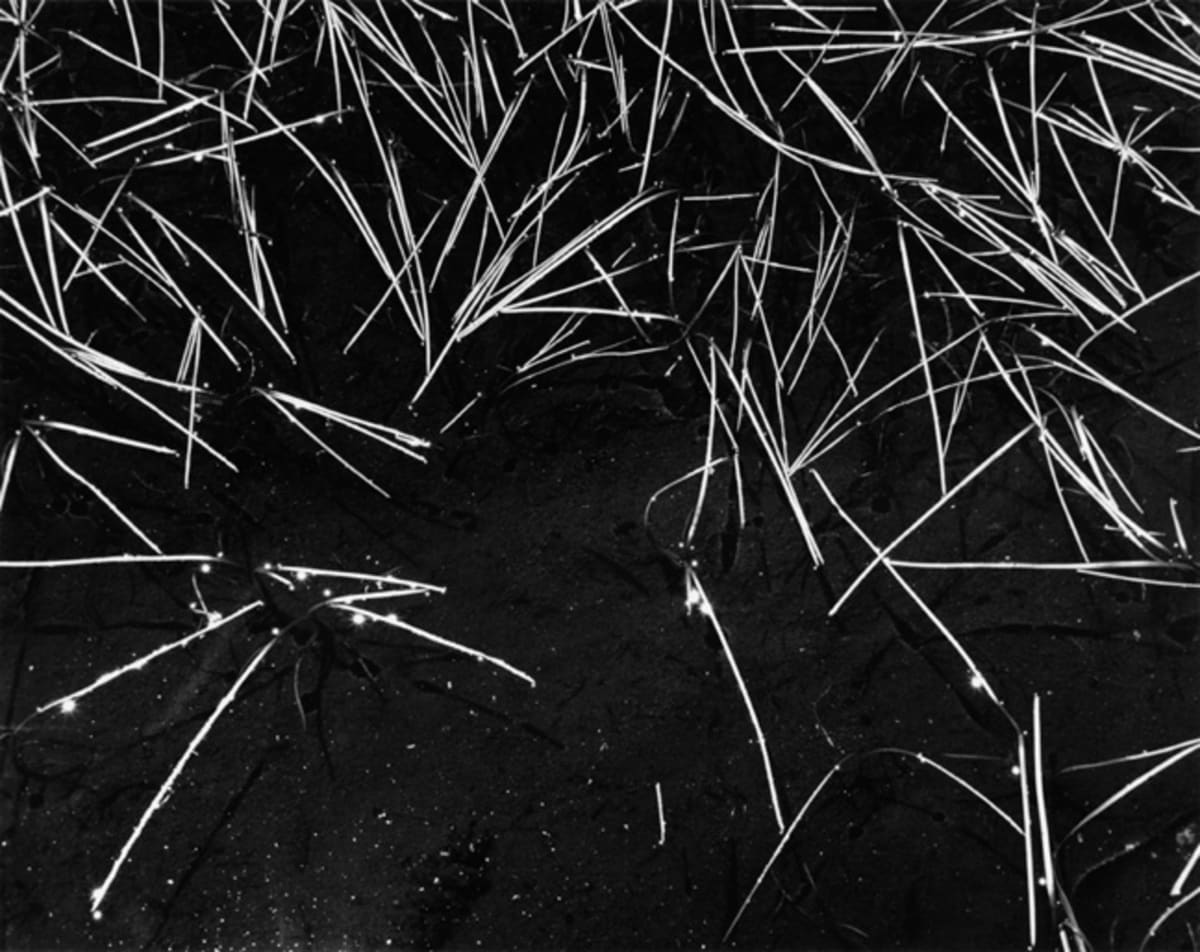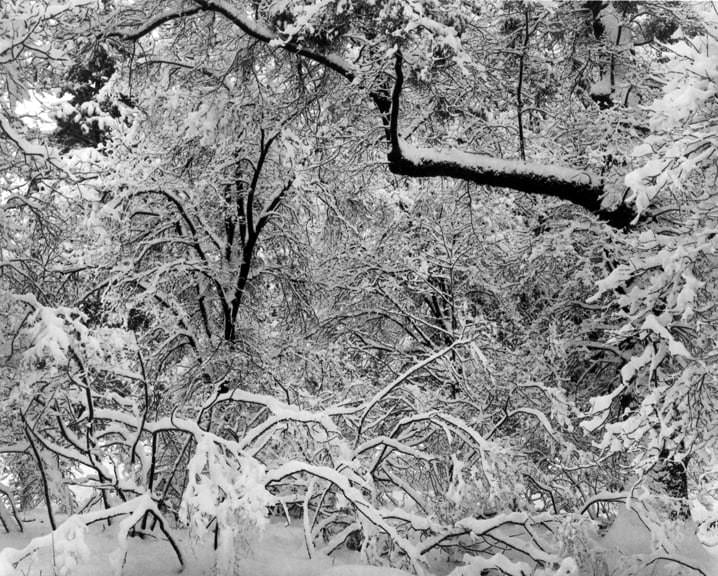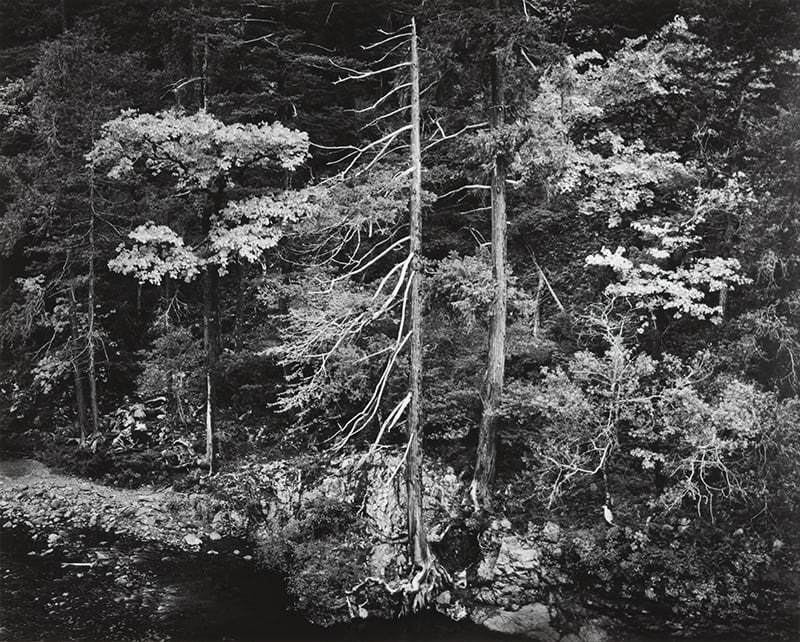Ansel Adams: Beauty & Truth
On display for the first time in nearly 40 years in a Los Angeles based gallery, the PETER FETTERMAN GALLERY presents a selection of rare master gelatin silver prints by Ansel Adams.
The works in conversation are evidence of the artist’s meaning and message, with each photograph upholding a sensitivity to the beauty and ecological challenges of our natural world. The relationship between abstraction and realism, the presence of light and its absence, brings forth a collective of perspectives that question the depths of life’s most profound enigmas.
Adams’s gelatin silver prints on display yield the most spectacular tonal ranges available in photography today. The selected works represent a rare culmination, where masterful visual vocabulary meets unparalleled darkroom printmaking. The essence of the iconic F. 64 group is deeply rooted in Ansel’s practice. For every final print, there were numerous failed attempts, alluding to the required dedication to bring forth the most compelling evidence of creativity within the photographic works.
The selected photographs are conjoined by their respect and curiosity for the power of the environment. Now more than ever, the luminous prints on display inspire us to treasure the beauty that life exudes. The underlying intention of Ansel Adams was to honor the passing of time in our natural world and inspire the next generation to preserve such beauty.
“Both the grand and the intimate aspects of nature can be revealed in the expressive photograph. Both can stir enduring affirmations and discoveries, and can surely help the spectator in his search for identification with the vast world of natural beauty and wonder surrounding him.”
– Ansel Adams
About the Author
“When words become unclear, I shall focus with photographs. When images become inadequate, I shall be content with silence.” Born in 1902, Ansel Adams was a dedicated artist and environmental activist, who played a seminal role in the growth of environmental consciousness in the U.S. and helped develop the citizen-driven environmental movement of the 1960s.
Adams’ professional breakthrough followed the publication of his first portfolio, Parmelian Prints of the High Sierras, which included his iconic image “Monolith, the Face of Half Dome.” The portfolio was a success, leading to a number of commercial assignments.
Between 1929 and 1942, Adams’ work and reputation developed. Adams expanded his repertoire, focusing on detailed close-ups as well as large forms. He spent time in New Mexico with various artists, including Alfred Stieglitz, Georgia O’Keefe and Paul Strand. He began to publish essays and instructional books on photography. During this period, Adams joined photographers Dorothea Lange and Walker Evans in their commitment to affect social and political change through art. Adams’ first cause was the protection of wilderness areas, including Yosemite.
By the 1960s, appreciation of photography as an art form had expanded to the point at which Adams’ images were shown in large gallery shows and museums. In 1974, the Metropolitan Museum of Art in New York hosted a retrospective exhibit in his honor. Adams’ work is held in collections of major museums around the world, and he is to this day considered one of the great masters of landscape photography, the silver print, and one of the founding fathers of the photographic medium as an art form.
Ansel Adams died on April 22nd, 1984.
Ansel Adams: Beauty & Truth
22 February – 21 August 2020
Peter Fetterman Gallery – Santa Monica, California
More info on Peter Fetterman Gallery website.

